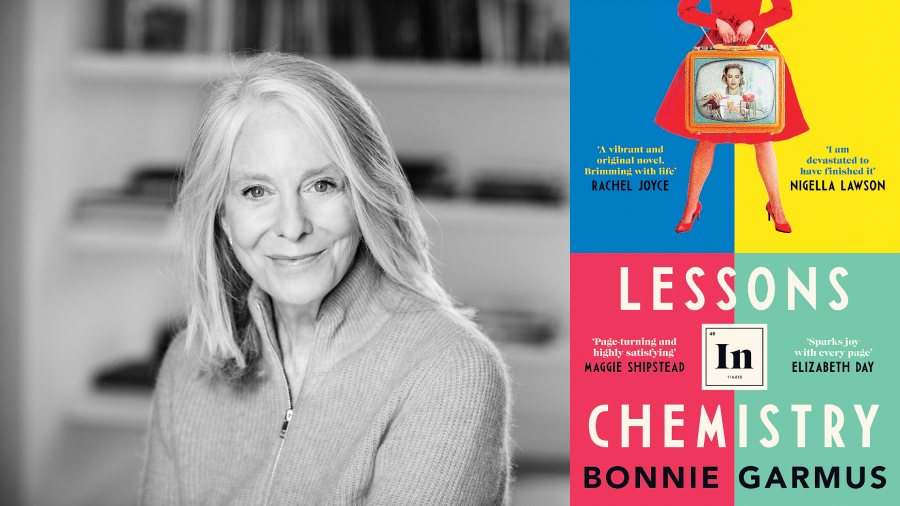It is difficult to tell that Bonnie Garmus’s novel Lessons in Chemistry is a debut by the author. All set to be a raging commercial success, this book is made up of a lethal combination of sharp wit, a feminist plot, fine writing and a bout of fresh air that most commercial books find lacking. It is 1960s and Grams’s heroine is Elizabeth Zott, a scientist working with chemistry and in a male-dominated sphere where a lot of women are yet to discover their true calling beyond the tag of ‘Mrs.’ Zott has faced every possible level of misogyny to be able to complete her graduation in the subject –– from a grotesque sexual assault to everyday taunts that amount to a lot in the face of grave decisions.
We meet Zott when she is a single mother at 30, fired from her job at her research institute and being offered a cooking channel on primetime television. A television show that has been praised by the vice president of the country himself but is in reality a subverted effort on Zott’s part to talk directly to the many housewives watching her to understand and claim their true potential.
At the heart of the novel is a woman who chooses herself in the face of difficult career decisions, the loss of her soulmate and more. Elizabeth falls in love with fellow scientist of great repute, Calvin Evans. Their fiery passion extends out of the bedroom to the labs in which their genius shines through, each complementing the others’ work. She has no qualms about moving in with him without the then-imperative need for a marital tag but refuses to marry him or ever bear children. She fears her career’s achievements to be dwindled to mere nothingness in front of his fame and in this, she again chooses herself.
Garmus is a former copywriter and the need for punchy headlines is evident in her tight narrative that doesn’t loosen out even in the face of extreme time-leaps. Her perspective is so vital and raw and that is perhaps most evident when she chooses to explain the physical appearances of her characters. She writes about Calvin Evans:
‘He had a lonesome look about him, like a child who’d had to raise himself, with large gray eyes and messy blondish hair and purplish lips, the latter of which were nearly always swollen because he tended to chew on them. His was the kind of face that some might call forgettable, a below-average composition that gave no hint of the longing or intelligence that lay behind, save for one critical feature –– his teeth which were straight and white, and which redeemed his entire facial land scape whenever he smiled.’
There is kindness in her descriptions which help paint a portrait of a person in much sharper resolution than a superficial facial description. This depth and grace is extended to all her subjects in the book –– every character and topic. For her scatter-brained genius characters, she allows them the power of introverts without compromising on their sense of self. Women will find themselves in heated debate with their self after reading Lessons in Chemistry, discovering parts of themselves they didn’t know they needed and question what it really means to be a woman. Zott’s strong and fiery presence in the book allows for a feminist viewpoint, evenly hacked out from the ’60s. Fiction that is rooted in deeply feminist ideas, always keep us going. This book marked all the checkmarks and made way for the idea of a movie venture as well. If the stars and molecules align, why not?











